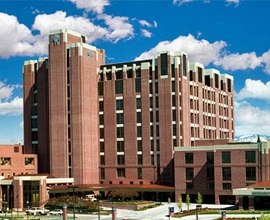'She had the will': A Boise woman's tale of near-death recovery, aided by St. Luke's care
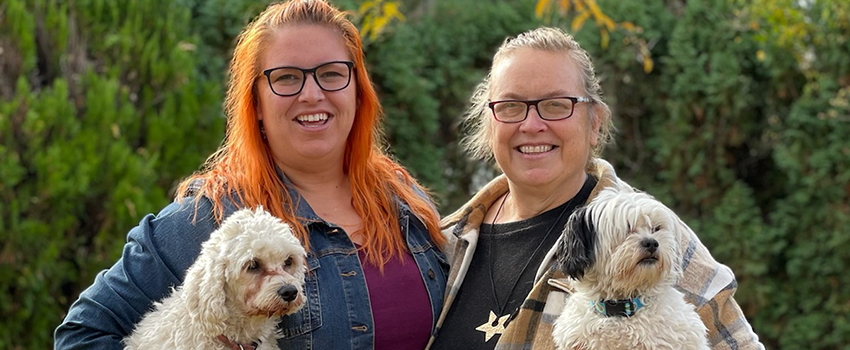
Angie Krommenhoek’s story of survival is truly incredible.
Multiple resuscitations after a heart attack. A COVID-19 diagnosis. More than two months at St. Luke’s Boise, part of that in a coma.
“It’s remarkable in every sense,” Krommenhoek said. “I shouldn’t have made it through.”
But she did make it through. Krommenhoek looks back at her improbable journey and has little doubt about why she survived: because of the tremendous efforts and passion of St. Luke’s health care workers.
“There’s not a day that goes by that I don’t give those people a huge sense of gratefulness that I get to tell my daughter I love her,” Krommenhoek said.
Krommenhoek’s tale begins simple enough in September 2020. She just wanted a cup of coffee near her home.
At the ordering window while on the phone with her daughter, the employee said: “You look sunburned.” Her daughter said to call 911.
“That’s the last thing I remembered,” Krommenhoek said.
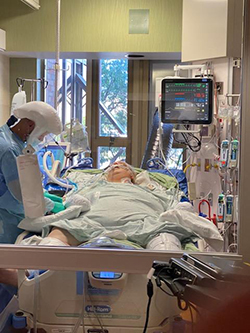
She doesn’t remember having a heart attack, and she still doesn’t know how she drove her car to a stopping point across the street from the coffee shop.
But her daughter, Jessica, a former lifeguard, quickly got to her mom. Jessica started performing CPR on her, and then the medical team arrived, working on her outside the car before taking her by ambulance to the hospital.
During the next few days, she lost her pulse three more times. Doctors and nurses were able to successfully resuscitate her each time. At that time, she was also diagnosed with COVID-19. She then spent more than two weeks in a coma.
“I don’t understand the numbers, but I was told that I was at 2% (chance of survival), and then 7% and 9%,” Krommenhoek said. “Later, they got me to 50% and then 90%.”
She remembers listening to the Air St. Luke’s helicopters taking off and landing atop the hospital. Most of all, she remembers the care she received recovering from her cardiac arrests and COVID-19.
“They come into the room, they have to sanitize, put on one set of clothing, put on another garb over the top, then put a hood on,” Krommenhoek said. “Then they put on another layer. They’re just doing everything they can to be sterile, and (do all that) just ask if you need another cup of ice.”
Krommenhoek has since lost more than half her body weight, as she previously weighed more than 500 pounds.
“At that point in time, when I had to use the restroom they had to lift me, they had to harness me up,” she said. “And it was horrifying and humiliating. But when you have these people who are so kind and compassionate it makes it so much easier. But it certainly doesn’t make it easier for them, because they have the next room to go to, and then the next room to go to.”
Still, so many of her caretakers left a lasting impression on Krommenhoek.
“I could just tell there were nurses at St. Luke’s who were born to do what they do,” she said.
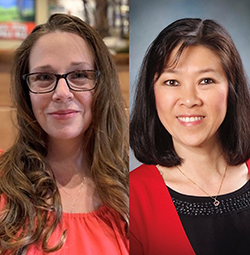
One of them was Ariel Sandifer, a telemetry nurse, who noted she was just doing her job.
Sounds simple, but Krommenhoek said Sandifer went above and beyond with her care.
“Her level of care was remarkable,” Krommenhoek said. “I never felt like she was rushing me … Ariel connected to me as a human being, as opposed to just a chart.”
Sandifer knew that Krommenhoek faced a tough road to recovery after she met her.
“I just gave her my normal spiel: ‘You’ve got to get up and get moving, because nobody gets better laying in a hospital bed,’” Sandifer said.
And Krommenhoek did get moving.
“All of us, from the physical therapist to the occupational therapist, just all of us were amazed by her willingness to work hard,” Sandifer said. “She had the will.”
Krommenhoek also credited Betty Hong-Hollar, a St. Luke’s nurse care advisor, who helped her stay the course and keep putting in the work.
“Betty would spend an hour on the phone with me, making sure I got to (an) appointment, making sure that all the things that I needed to do were followed up on,” Krommenhoek said. “She was an absolute game-changer in my recovery.”
Hong-Hollar said her role often boils down to getting people motivated to improve their health and self-management. But being an active listener was crucial in Krommenhoek’s care.
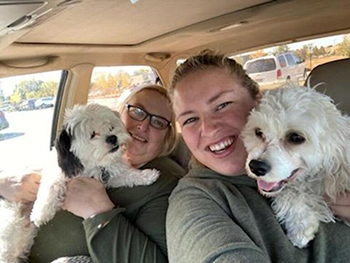
“When I first started talking to her I thought she just needed someone to listen to her and help her deal with her emotional recovery,” Hong-Hollar said.
Hong-Hollar continued to work with Krommenhoek over the following weeks and was in awe of how she was turning her life around.
For her part, Krommenhoek said there is still more work to be done, but she is a different person than the one that was admitted to St. Luke’s last September.
Recently, she climbed up and down Camel’s Back Hill in Boise with Parker, her dog and faithful companion.
“I have a picture with little Parker at the top of the hill from the day we did it,” Krommenhoek said. “I don’t even recognize myself.”
Krommenhoek said the compassionate care she received at St. Luke’s allowed her to make substantial changes in her life, and for that she’ll be forever grateful.
Hong-Hollar said Krommenhoek also made an impression on St. Luke’s staffers during her recovery.
“I think she touched the hearts of the medical care team, as well,” Hong-Hollar said.About The Author
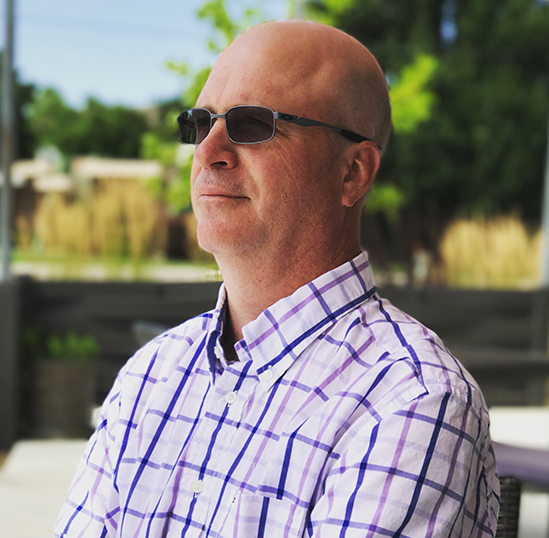
Chris Langrill is a writer and copy editor for the St. Luke’s Communications and Marketing department.

